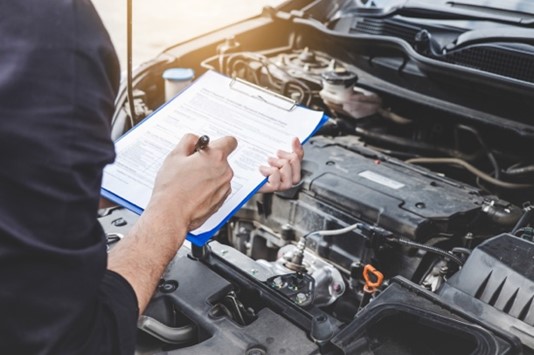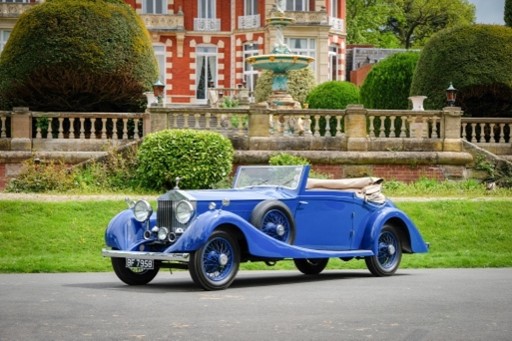15th Nov, 2023 13:00
National Motorcycle Museum | Solihull, West Midlands
1935 Brough Superior 11-50
One owner for the last 57 years
Estimated at £60,000 - £70,000
Registration No: BAU 9
Frame No: 8/1513
Engine No: LTZ/R46115/SRF
CC: 1100
MOT: Exempt
- Owned by a Brough enthusiast since 1966
- Originally 1 of 5 supplied to Nottingham police
- Restored by Robin James in the mid-1990s
Brough Superior is probably the most iconic and evocative name in motorcycle history, being made by George Brough in his factory on Haydn Road in Nottingham from 1919 to 1940. Only approximately 3048 examples were manufactured over the 21 years of production and there is thought to be only around a third of those still in existence. George Brough was a racer, designer, and showman, his father William E. Brough had been making Brough Motorcycles in Nottingham since 1908 and continued to do so until 1926, but George was convinced he could improve on his father's designs adding 'Superior' to the name to emphasize this. His motorcycles were all designed to offer high levels of performance and exceptional build quality with most being custom built to the customer's needs, rarely any two left the factory in the same specification. His flair for marketing was highlighted when he successfully sought permission from the illustrious car maker to describe his machines as "The Rolls Royce of Motorcycles". Combined with his insistence that only the best components were used in the creation of the bikes bearing his name and then assembled with a level of care and precision beyond that of other manufacturers, it ensured that motorcycles leaving his premises were more than the sum of their parts. Each one was assembled twice, with the first dry assembly being to test the fit of all the components before being disassembled for parts to be painted or plated as needed. After final assembly each bike was test ridden to ensure that it performed to specification and was personally certified by George Brough. His competition background resulted in machines that handled and went as well as they looked and with the bespoke nature of the machines, any would be owner could tailor their choice of basic model to their own requirements. Broughs were always rare and expensive with prices ranging from £100 to £200 in the 1920s and 1930s. Since the average annual salary in Britain during the 1930s was around £200, only the wealthy could afford to indulge themselves and George built up an impressive client list, the most famous being T. E. Lawrence "Lawrence of Arabia" who owned eight Broughs throughout his life. The outbreak of World War II brought an end to production with the factory engaged in war work completing crankshafts for Rolls-Royce Merlin engines and at the end of hostilities, the lack of suitable engines forced the company to close down.
In the 1930s the world's economic climate was in dire straits and even manufacturers such as Brough Superior, despite their illustrious client base, were forced to make concessions in order to survive. In 1933 they offered customers the option of purchasing their vee-twins without electrics, speedometer or number plates in order to save a few pounds. For those that could not stretch to even a stripped down SS100 but simply could not be seen on anything other than a Brough Superior they introduced the mighty 11.50, a model that quickly established a loyal following. The bike appealed to those seeking either the relaxed loping gait that only a high-geared, unstressed large capacity side valve twin could deliver or those requiring a high-quality sidecar outfit capable of maintaining high speeds in style and comfort. Launched in 1933, the 11-50 was powered by a side valve 60 degree vee-twin motor supplied exclusively to the Nottingham factory by J A Prestwich and was the biggest capacity Brough to enter large-scale production, sitting nicely in between the SS80 and SS100 on price. Marketed as an effortless tourer, Brough claimed a top speed of 85mph in solo trim and enough torque to pull a heavy sidecar at a comfortable 70mph. Indeed, it was considered to be one of the finest sidecar mounts of its day, finding favour with many police forces including those of Cheltenham, Rotherham, Sheffield, Stockport, Yorkshire, Glamorgan and Nottingham, with foreign purchasers including police forces in Canada and Australia. The model was sold until 1939, by which time the 11-50 was the only JAP-powered machine left in the range with thought to be only 308 produced, a similar number to the SS100.
One of only 47 built in 1935, 'BAU 9' was originally dispatched on 7th June, 1935, to Nottinghamshire Police as part of a batch of five, 'BAU 5' to 'BAU 9'. Bearing frame number 8/1513 and engine number LTZ/R/46115/SRF it was fitted with a rigid rear end and Monarch front forks, together with a Watsonian sidecar as documented on the Works Record Card. After service with the police, it made its way to Cumbria where it was reputedly used by its farmer owner for rounding up sheep! Bought by the vendor in 1966, for the princely sum of £22 and 10 shillings it was stored away until he could afford to have the bike restored by Robin James in the 1990s. An enthusiastic Brough Club member, he has ridden in events including the Alpine and Norwegian Rallies.
The bike has been kept as authentic as possible with the gear selection being returned to its original hand change from a clumsy foot change. Looking at the Works record, the petrol tank number does not match, the original may be swapped between bikes when being maintained by Nottingham police and the engine number quoted has been taken off the works record as it is no longer visible. Originally stamped between the cylinders on the mating surface, that join has been skimmed during the restoration to provide a better seal, losing the number in the process. Used occasionally in recent years and run recently, it is only now being sold as the vendor spends more time on his SS80, a rare opportunity to experience one of the most iconic and exclusive motorcycles ever produced. The bike comes supplied with a few old photos, a copy of the owner's manual, a copy of the works record card, a few old MOTs and tax discs, a continuation logbook and a V5C.
For more information, please contact:
Ian Cunningham
ian.cunningham@handh.co.uk
07415 871189
Auction: National Motorcycle Museum | Solihull, West Midlands, 15th Nov, 2023
Established in 1993, H&H has sold some of the world's most significant motorcars and motorcycles over the past 30 years. Trusted by over 75,000 clients worldwide, we are the longest established auction house of our kind in Europe and the only one owned and managed by its employees.
An auction of classic motorcycles & vintage scooters taking place at the National Motorcycle Museum, Solihull, West Midlands.
Parking and entry into the auction is free for auction attendees with a catalogue.
All successful bids must be paid in full by midday the day after the auction at the latest.
You can collect your new pride and joy from our venue until 1pm the day following the sale or our partners are on hand to help arrange safe transportation:
Do you have an item to sell?
If so, contact one of our friendly specialists for your free valuation by completing the form below and someone will get back to you as quickly as possible.
If you prefer to speak to humans, don't hesitate to call our office on +44 (0)1925 210035
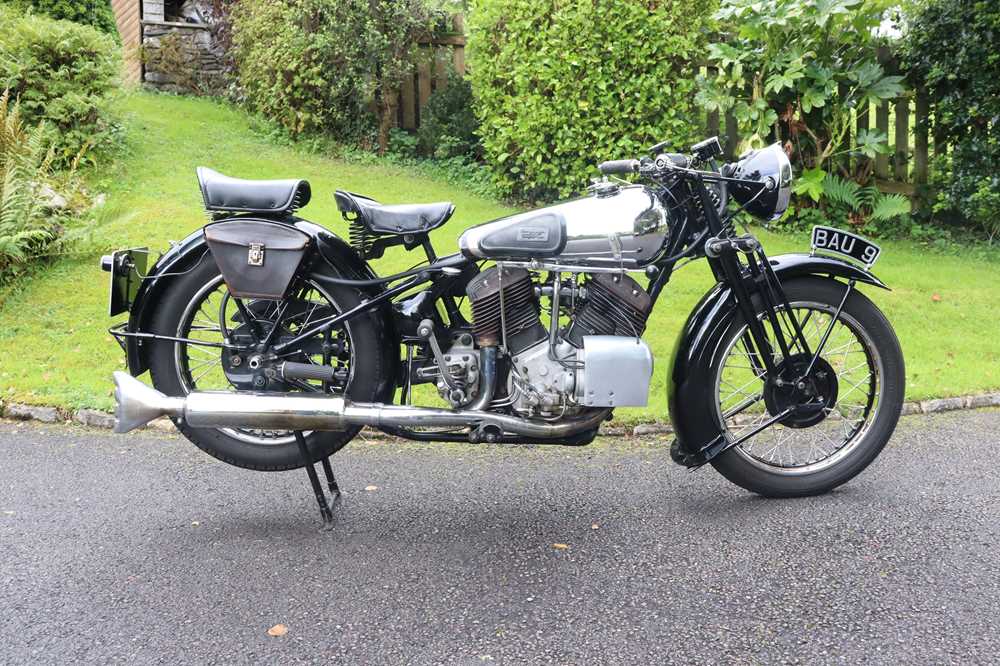
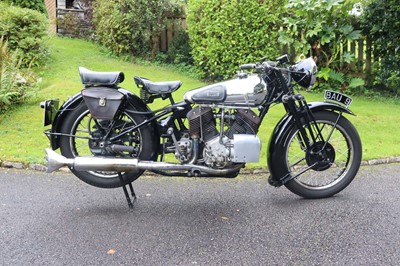

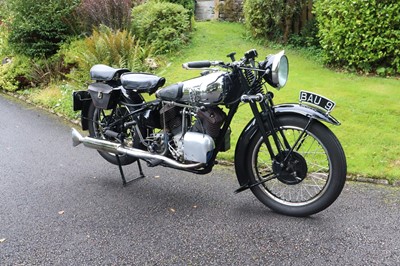
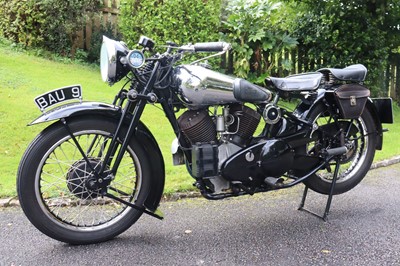
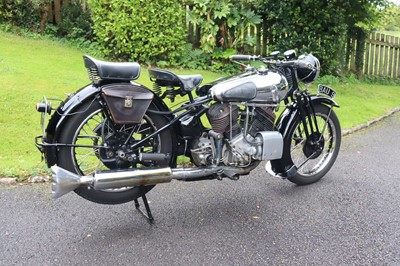

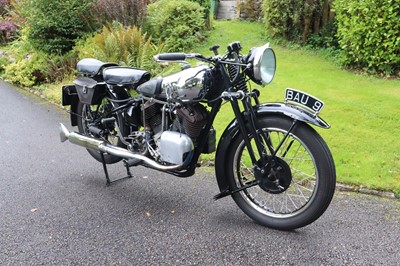
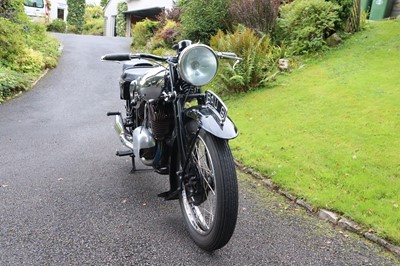
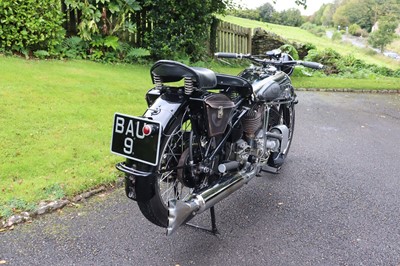
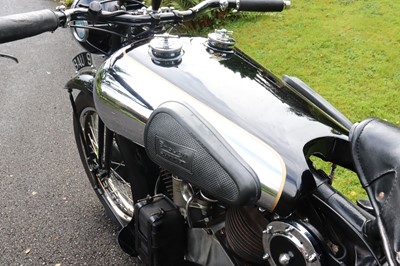
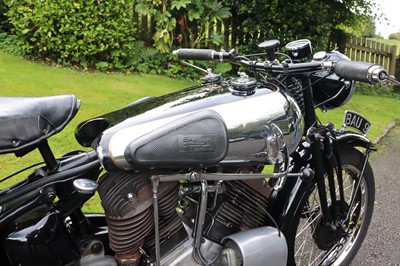

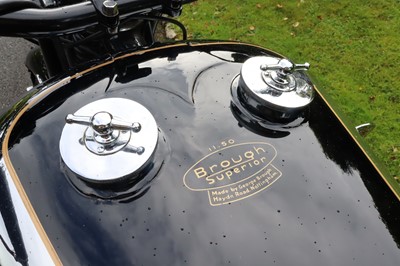

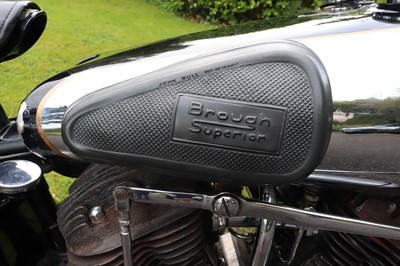
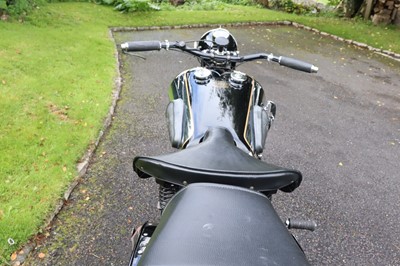
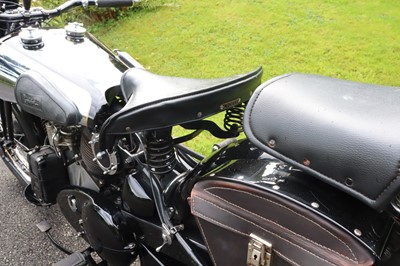
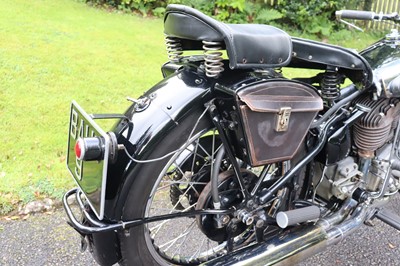
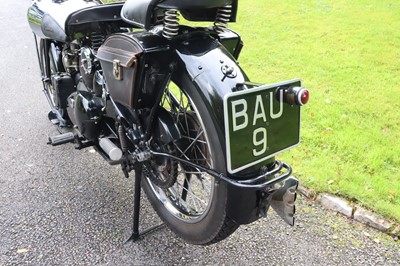
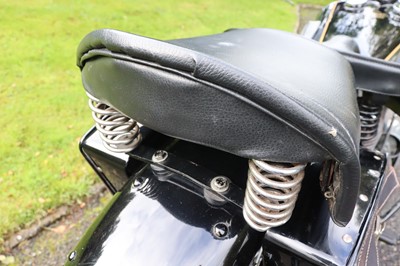
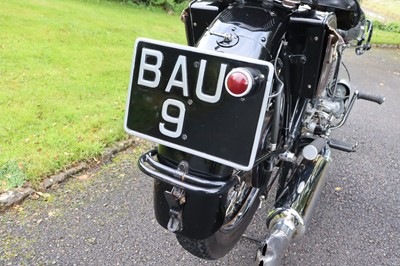

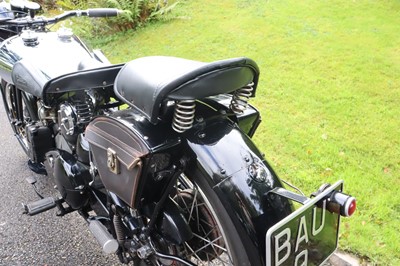
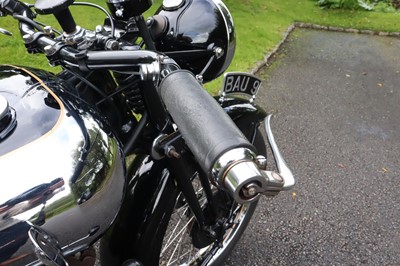

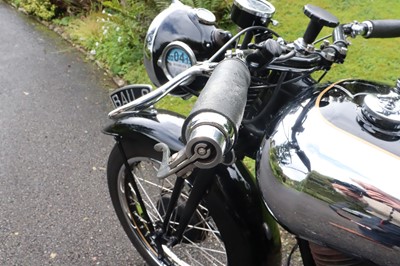
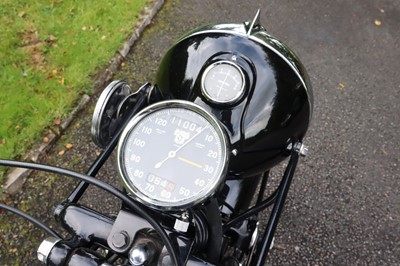
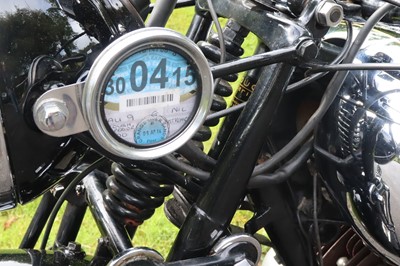
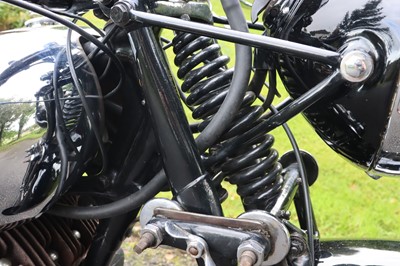
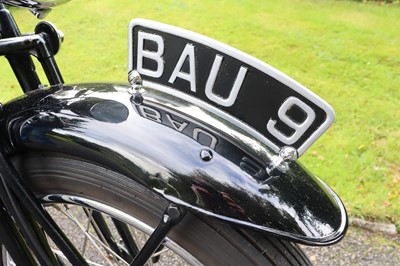
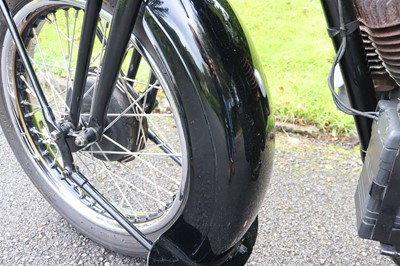
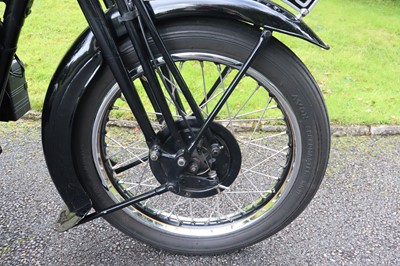
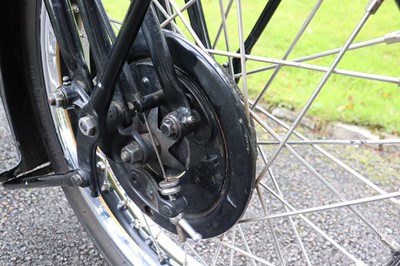
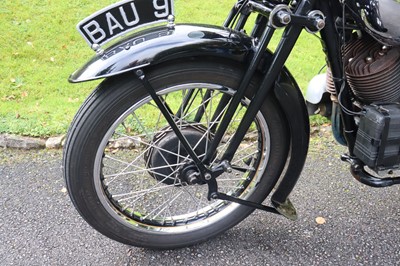
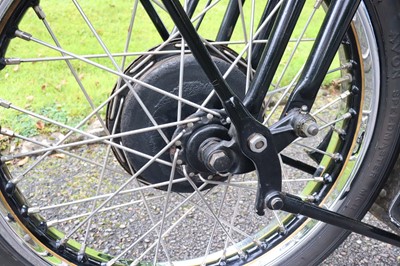
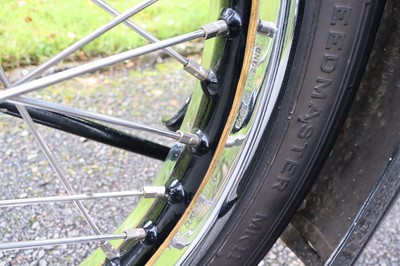
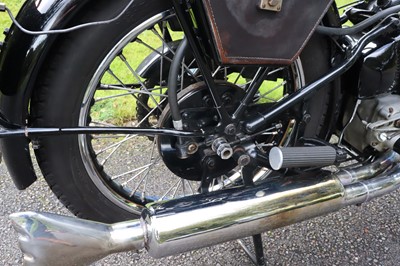
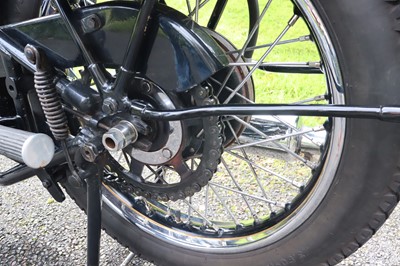

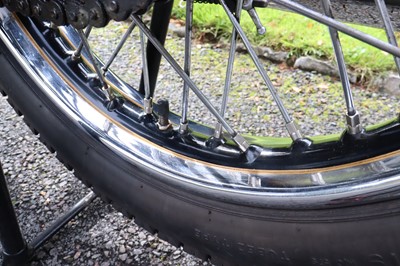

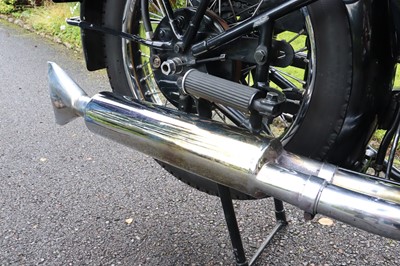
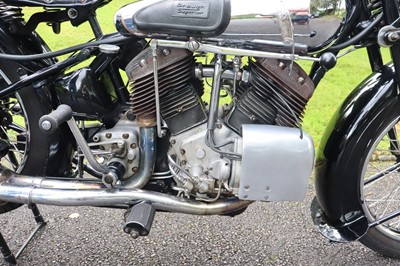


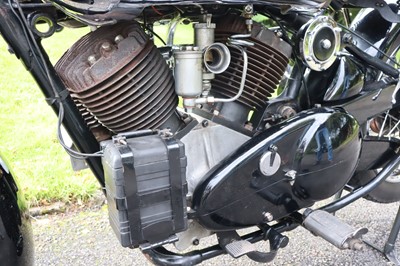
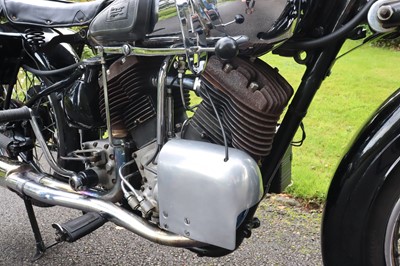
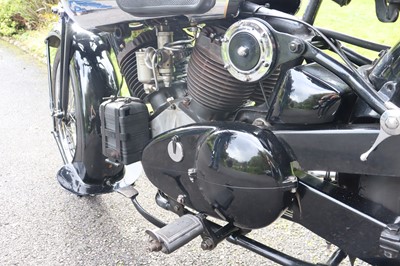

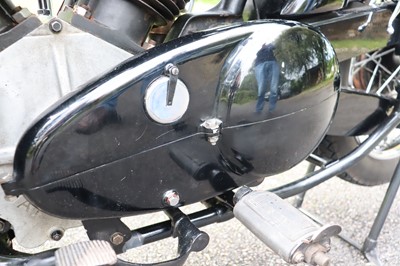
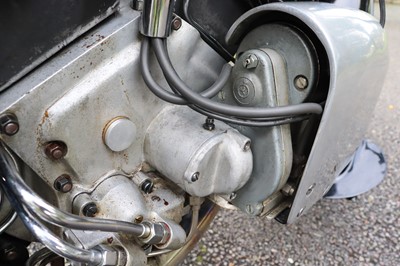
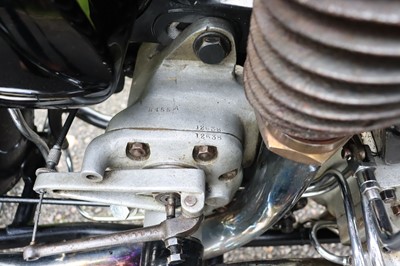
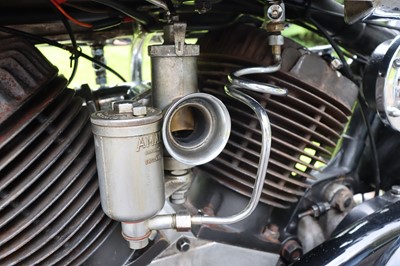

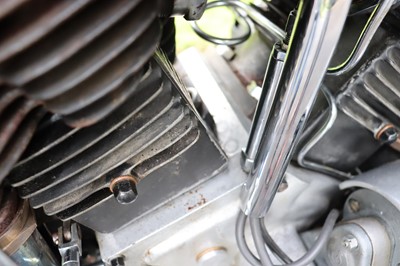
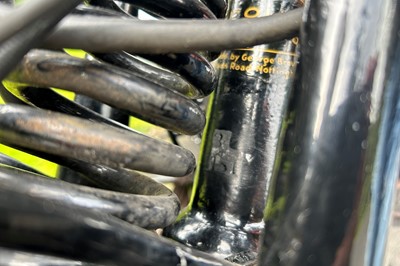



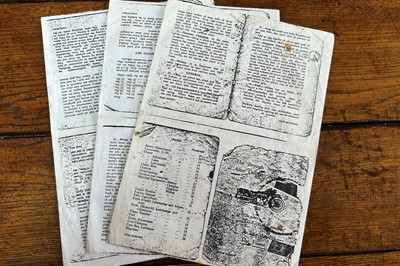
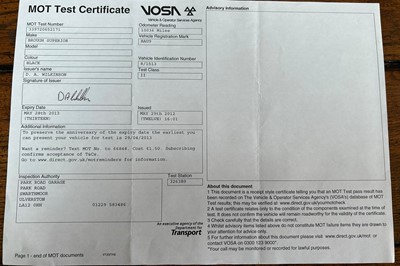
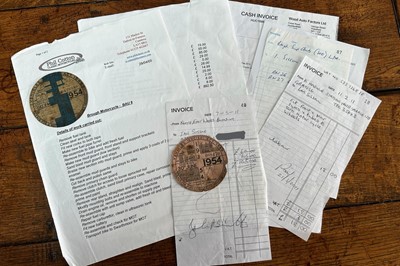





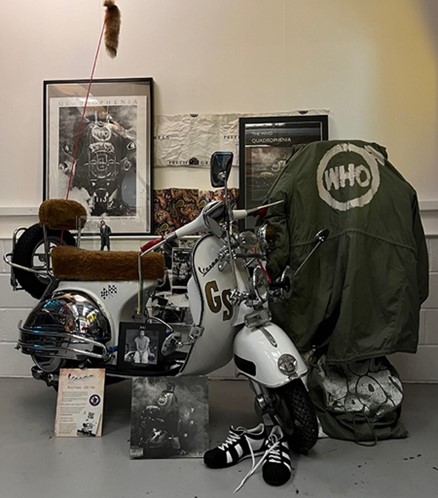

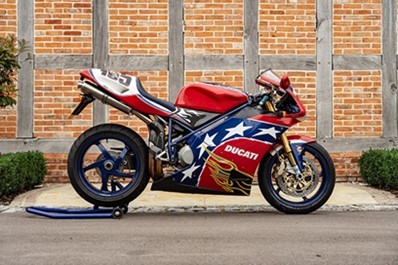
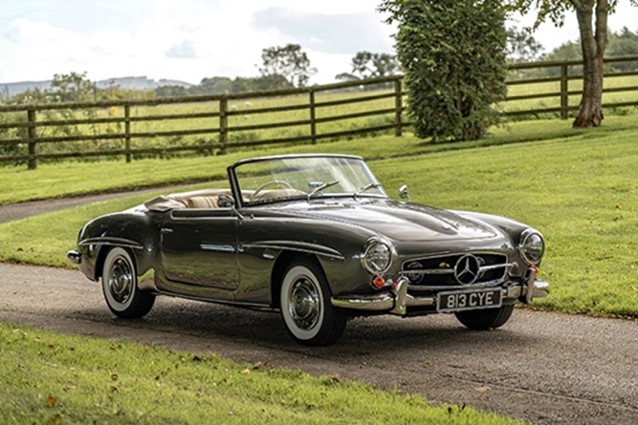
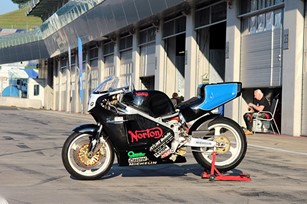
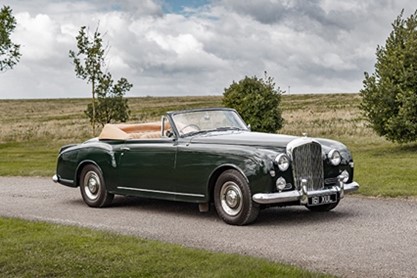

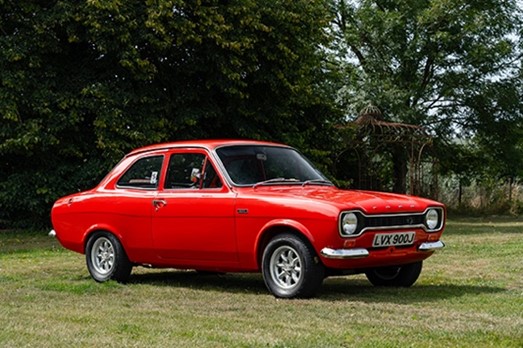
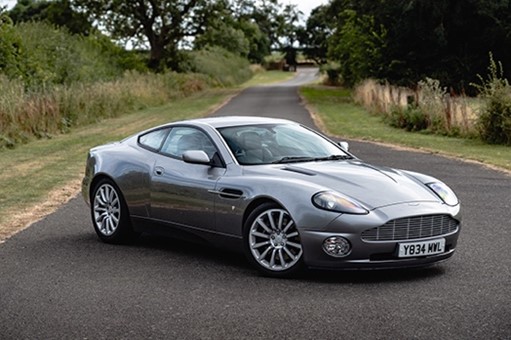
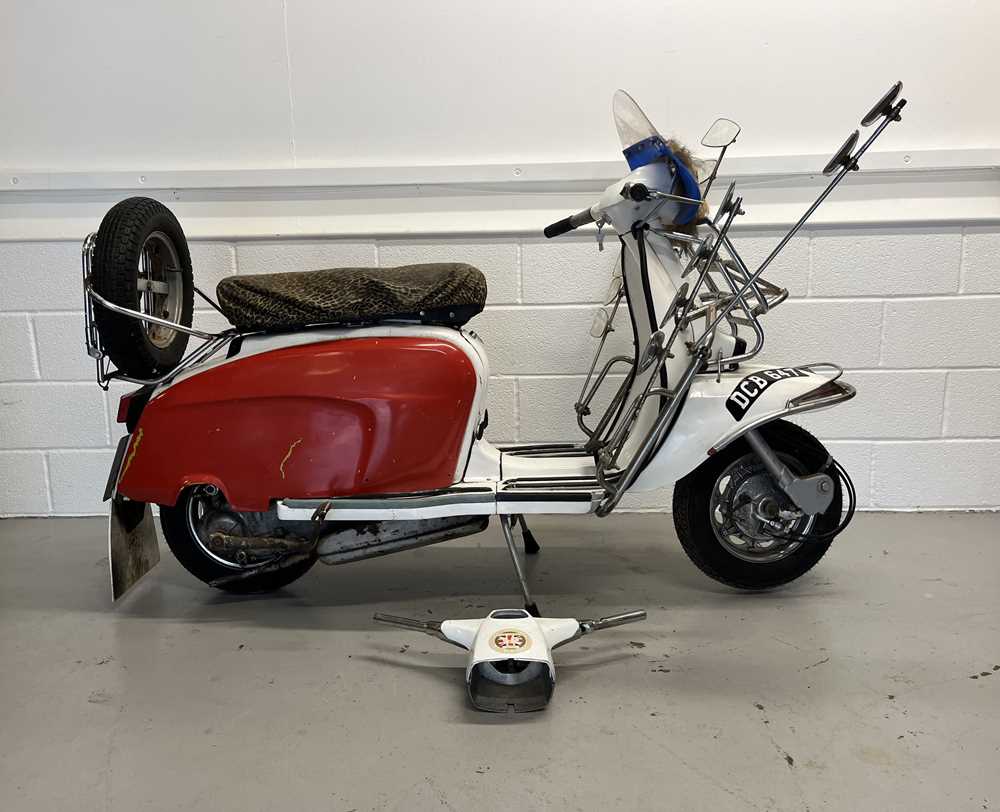

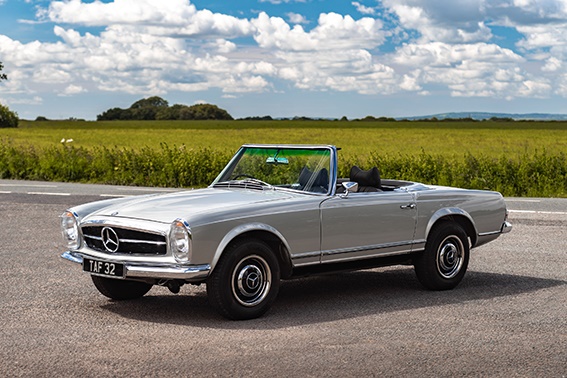
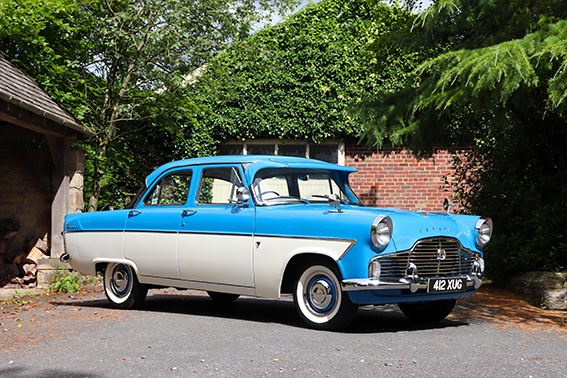
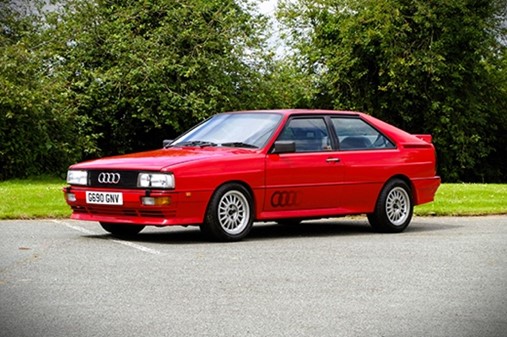

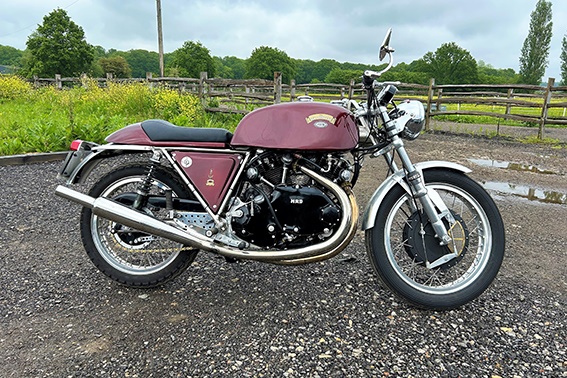
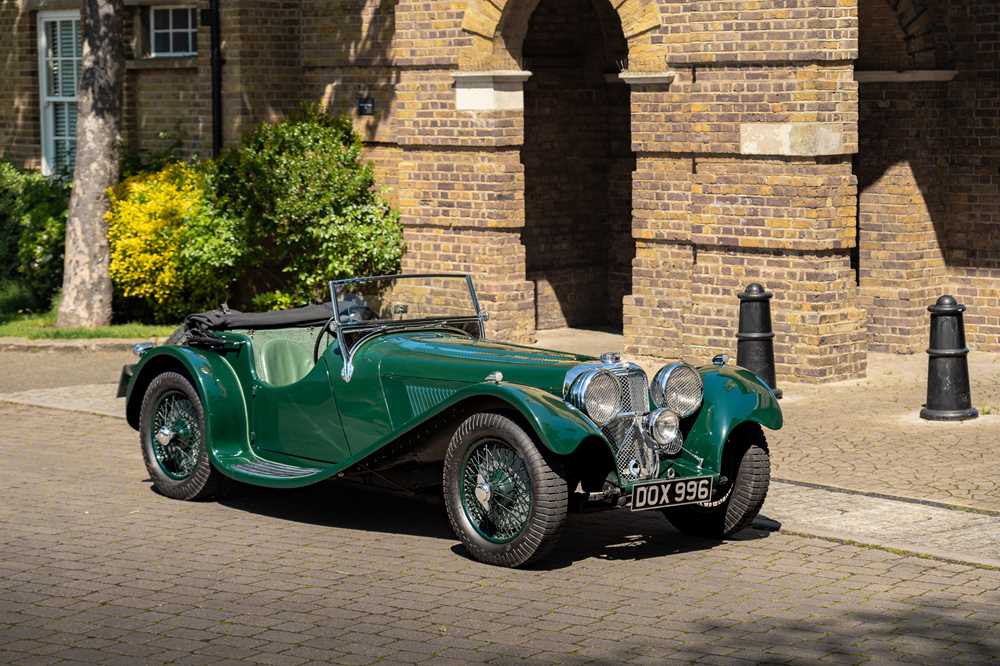
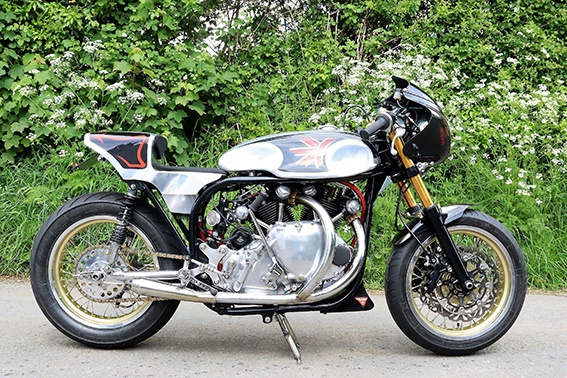
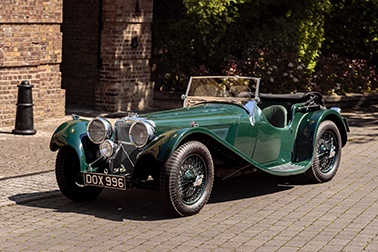
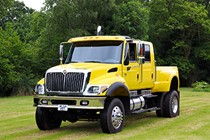
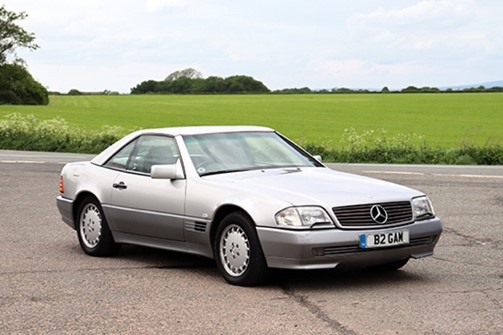
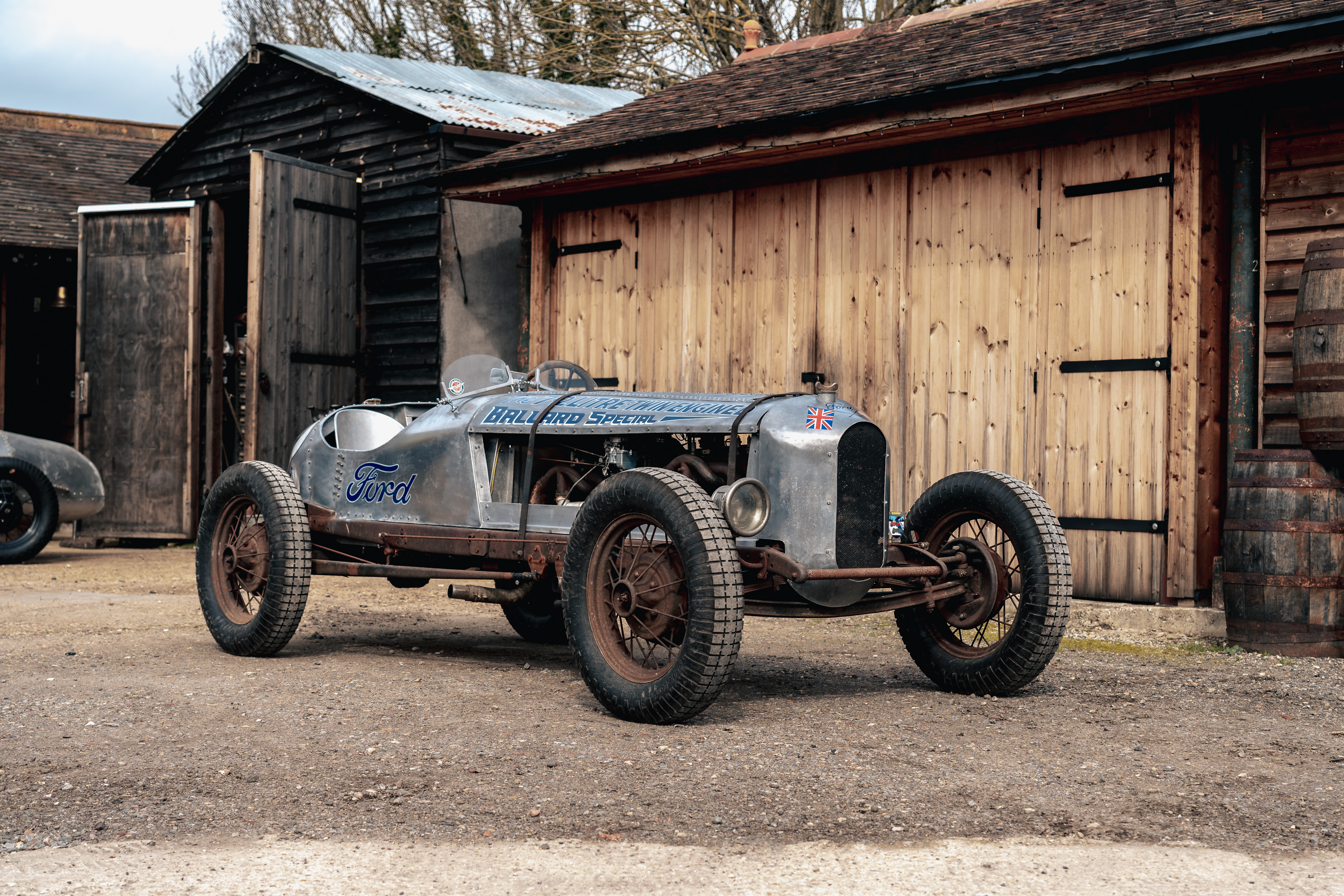

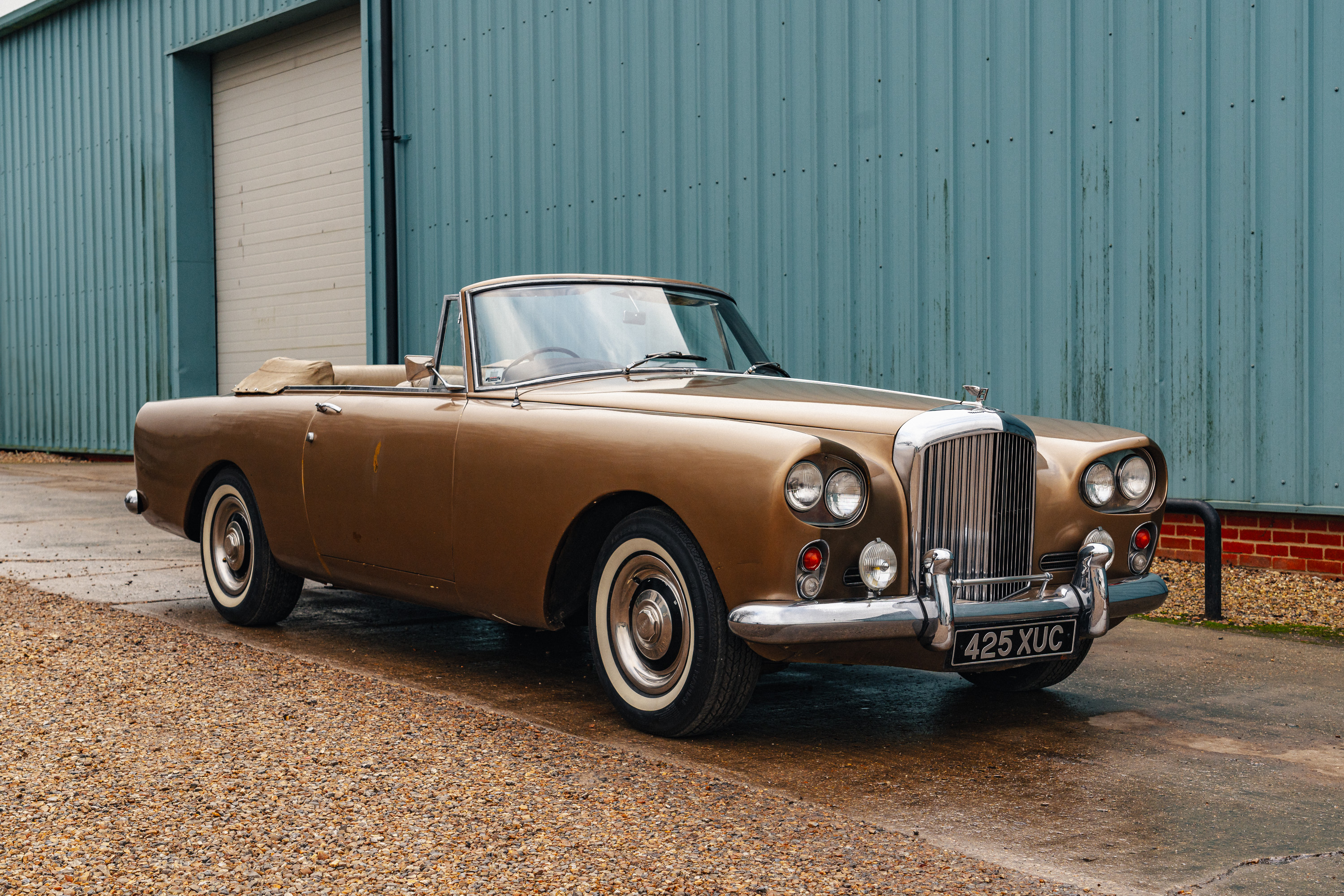
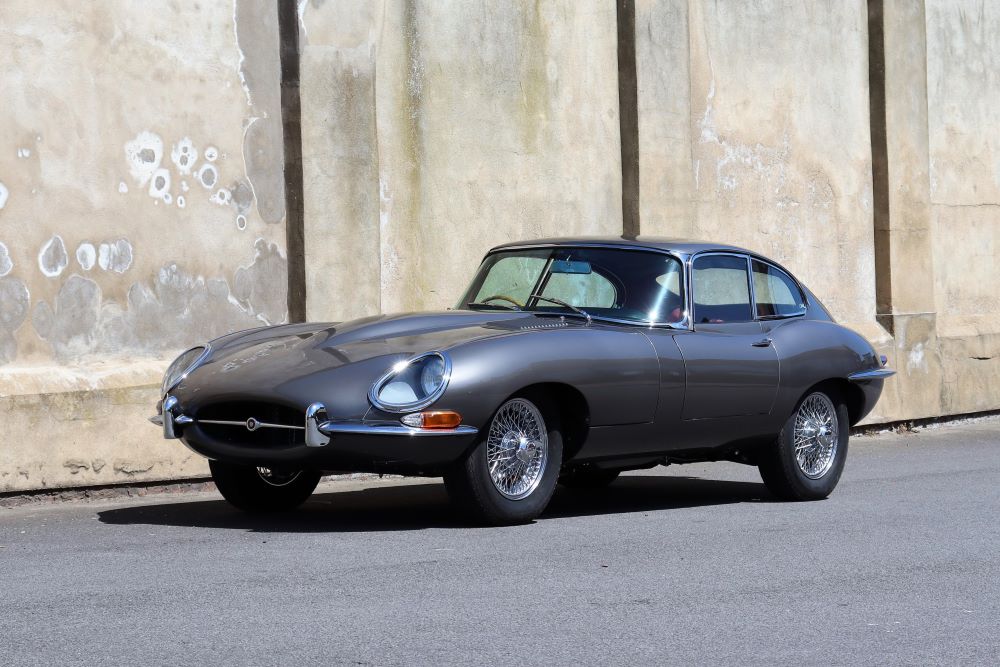


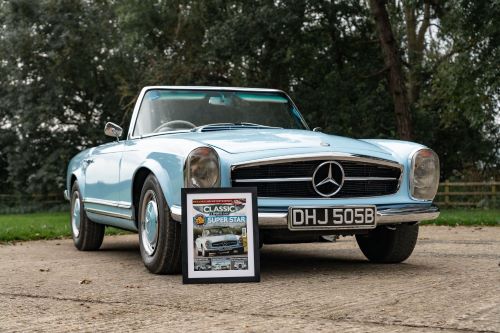






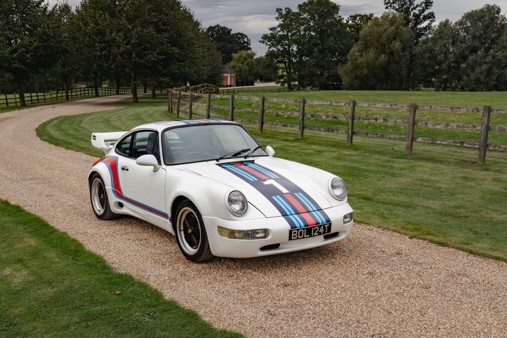




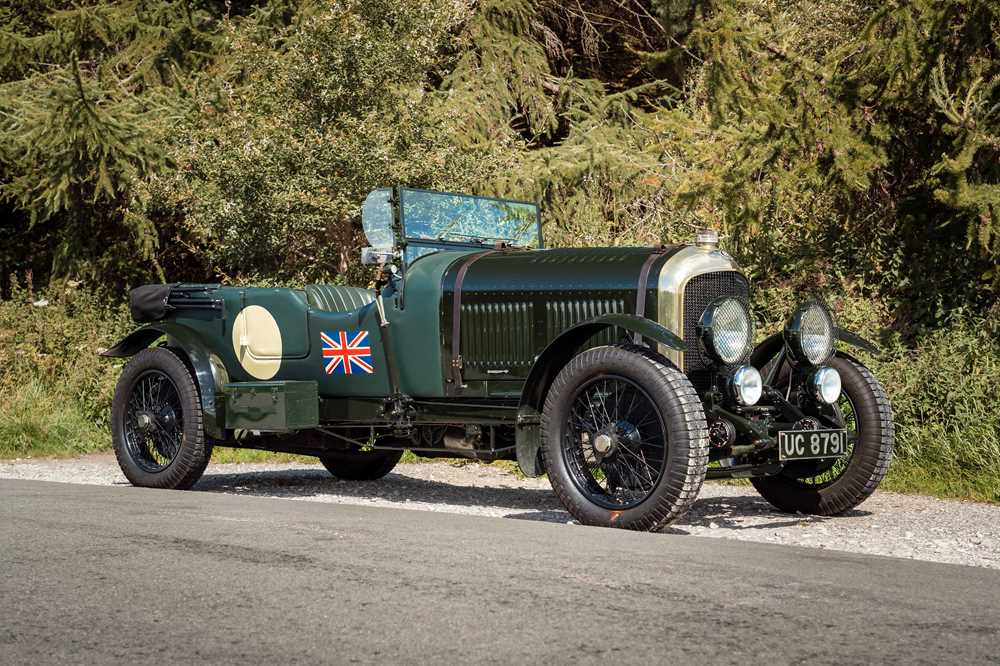
.jpg)

